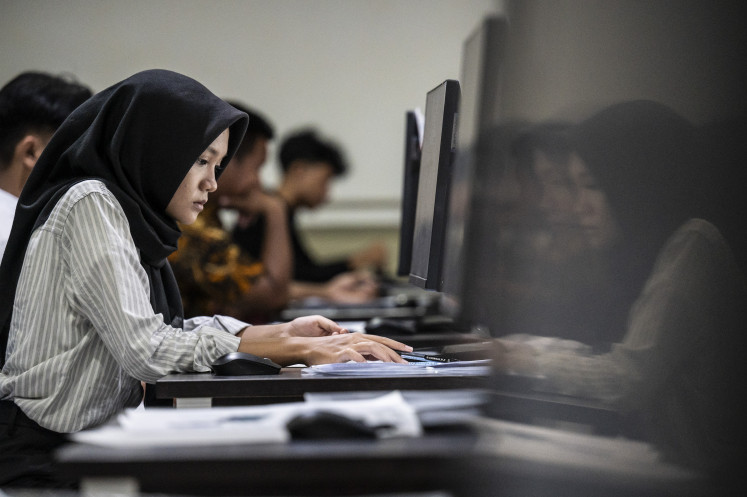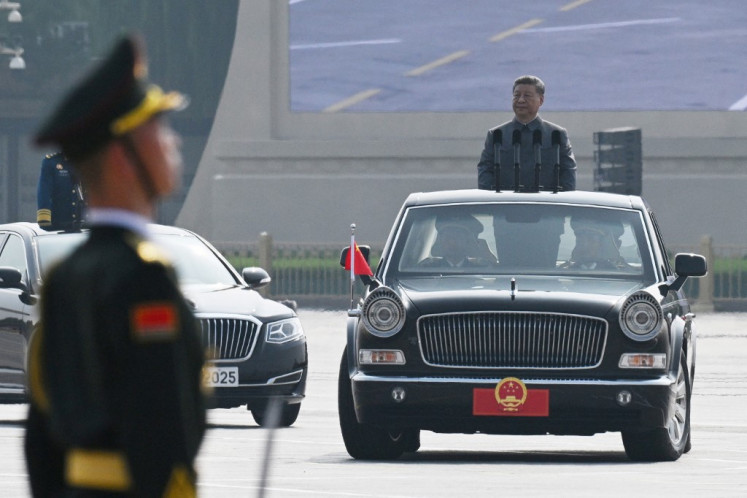Popular Reads
Top Results
Can't find what you're looking for?
View all search resultsPopular Reads
Top Results
Can't find what you're looking for?
View all search resultsFinancing for development must account for women
Women’s options for improving their own economic circumstances are limited, not least because of limited access to finance.
Change text size
Gift Premium Articles
to Anyone
T
he Fourth International Conference on Financing for Development (FfD4) is taking place at a time of escalating debt crises, rising poverty, declining food security and proliferating climate-related damage. These crises are all exacerbated by deep reductions in official development assistance (ODA), and they all disproportionately affect women and girls, especially in developing countries.
Almost half of humanity, 3.4 billion people, now live in countries that direct more revenues toward servicing interest on debt than toward education or health, where a lack of investment directly undermines economic opportunities for women and girls. Moreover, only 5 percent of ODA goes toward programs with gender equality as the principal objective.
Women’s options for improving their own economic circumstances are limited, not least because of limited access to finance. The total finance gap for women-led micro, small and medium-size enterprises is an estimated US$1.7 trillion. Women running medium-sized enterprises, in particular, struggle to access both venture capital to support growth, and working capital, to support day-to-day operations. Some 740 million women worldwide lack access even to a bank account.
Compounding the problem is unequal access to the internet, which is essential for financial and digital literacy. It does not help that women continue to dedicate a disproportionate amount of time to unpaid care work, which, if properly compensated, would add at least $10.8 trillion per year to the global economy. Female labor force participation amounts to just under 47 percent globally, compared with 72 percent for men.
These problems are set to worsen. For starters, the algorithms underpinning AI tools, which are being used in a growing range of areas, from assessing creditworthiness to making hiring decisions, may perpetuate existing biases.
Furthermore, many developing economies will struggle to create enough jobs for their burgeoning youth populations: while 1.2 billion people are set to reach working age within the next decade, only 420 million jobs are expected to be created.
Young women are more likely than young men to be left out. At the current rate of progress, it will take 134 years to close the global gender pay gap.



















